Troubleshooting Volvo Check Engine Light
The “Check Engine” light on a Volvo vehicle is a warning indicator that alerts the driver to potential issues with the car’s engine or emissions system. When this light illuminates, it indicates that the car’s onboard computer, or Engine Control Module (ECM), has detected a fault in the system. The exact cause of the fault can range from something as simple as a loose gas cap to a more serious issue such as a faulty sensor or component. In any case, it’s important to address the problem as soon as possible to ensure the proper functioning of the car and to avoid potential long-term damage. If the “Check Engine” light comes on, it’s recommended to have the car inspected by a qualified mechanic to diagnose and resolve the issue. This guide will discuss common problems triggering the Volvo Check Engine Light (CEL) and Service Engine (SES).
You will also learn how to diagnose the Volvo check engine light using an OBD2 scanner. Let’s see what you can do when your beloved Swedish car surprises you with a dreaded Check Engine Light.
What does the check engine mean on a Volvo?
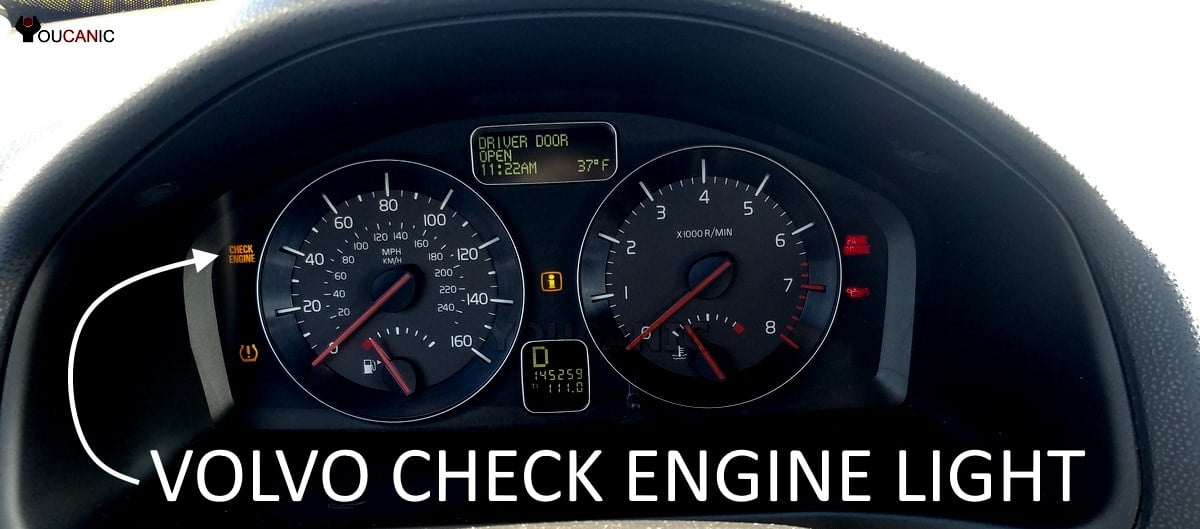
If your Volvo check engine light is always on, a fault code is stored in your car’s On-Board Diagnostic (OBD) system. The problem can be as simple as a loose gas cap, but it can also indicate an engine or emission problem. Don’t panic!
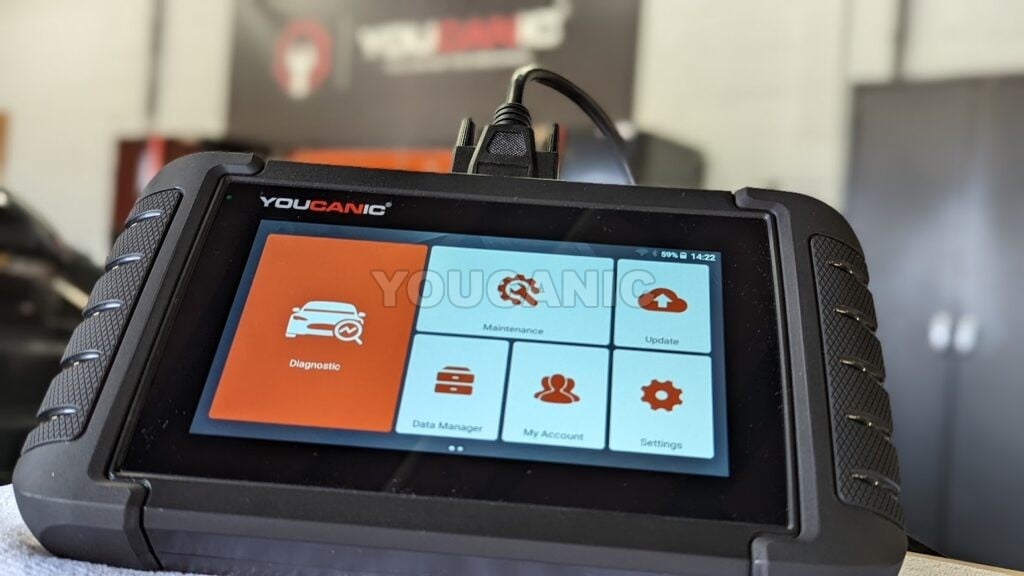
The YOUCANIC Full System Scanner can read and clear fault codes through every control module of your Volvo vehicle. Since there are hundreds of possible codes, you need to start by reading the codes. You will need to use an OBD-II Scanner, which plugs under the dashboard and allows you to read the codes in under five minutes.
Some auto parts stores, such as (Autozone and Advance Auto Parts) will also read the codes free of charge. If your Volvo check engine light is on and the up arrow is flashing, it could indicate a problem with the automatic transmission. Especially when codes such as P0700, P0705, P0785, P0722, P0740, P0725, and P0733 are present.
Symptoms
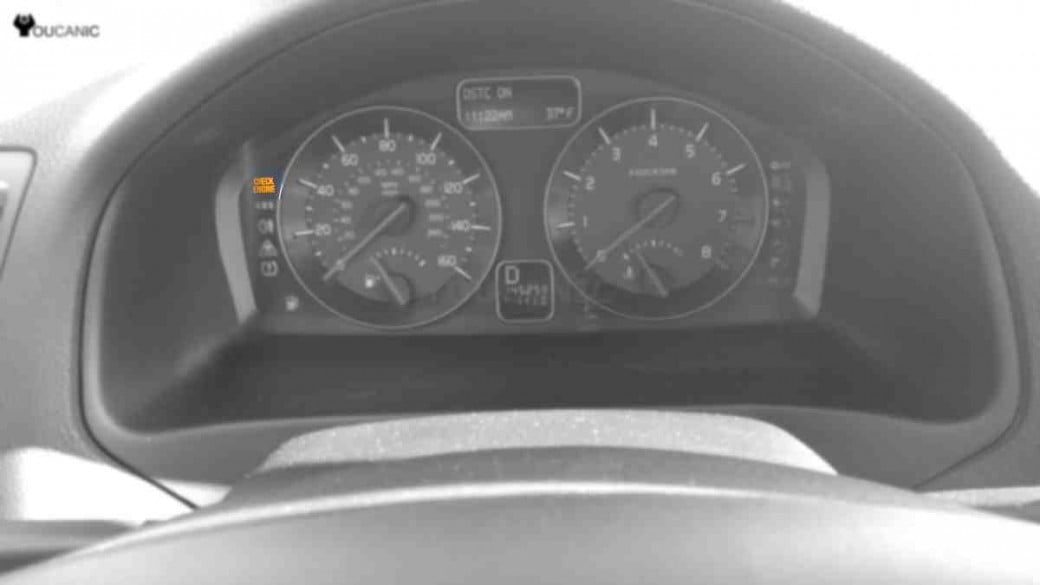
When Volvo check engine light (CEL) illuminates, observe if there are symptoms such as:
- Engine Running Rough or Overheating
- Engine Misfire or Juddering
- Lack of power
- Poor throttle response
- Unusual sounds
- Smoke from the exhaust
- Car Won’t Start
- A decrease in fuel economy
The Volvo check engine light may come on in a few cases, but no performance issues are noticed, as with a loose gas cap. If the Volvo check engine light comes on while driving, start looking for a place to pull over and restart the engine safely.
Why is my Volvo check engine light on?
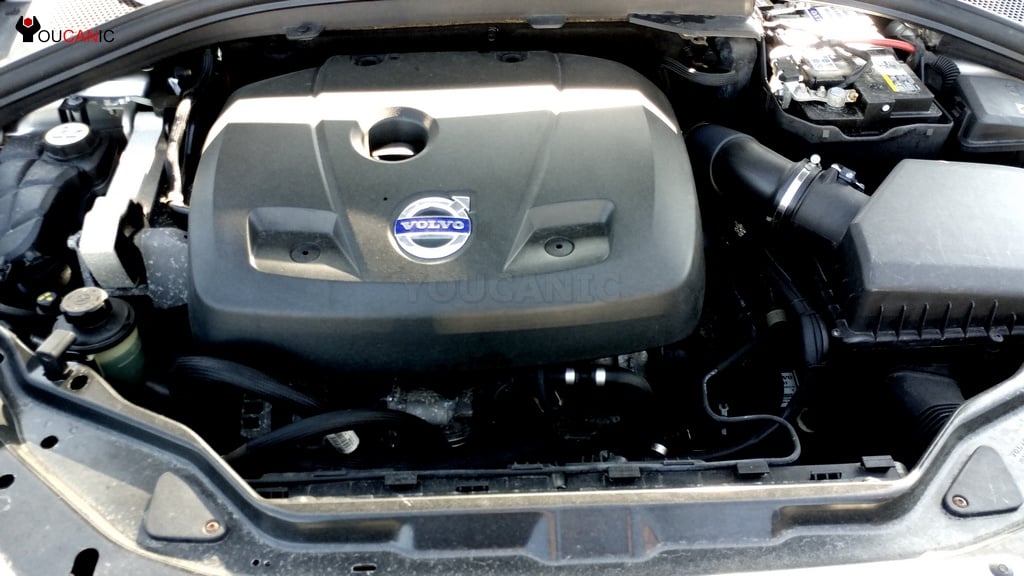
The most common problems that trigger the check engine light on a Volvo vehicle are worn spark plugs and loose gas caps.
Although there is no definitive list of parts that can cause problems, these are some of the usual suspects:
- Ignition system (failed coil packs)
- Vacuum leaks
- Catalytic converter
- Oxygen sensors (before or after the catalytic converter)
- Common rail pump and injectors (on diesel engines)
- Fuel proportioning valve (on diesel engines)
- Variable valve timing solenoids
- Boost leaks (on turbocharged engines)
Volvo Check Engine Light Flashing On and Off
If your Volvo check engine light is flashing, it usually means one thing – abnormal combustion. This is often due to fuel not getting burned, which causes a misfire or abnormal detonation. Driving a Volvo with flashing check engine lights can devastate your engine and catalytic converter.
If you have no option but to drive, you should ease off the accelerator, as this usually helps—no hard acceleration or flooring of the gas pedal. Do not drive your Volvo under a load when your Volvo check engine light flashes.
Volvo Check Engine Light Goes On and Off
If your Volvo check engine light comes on for a few days and then goes off a few days later, the onboard diagnostic system detects a problem intermittently. This differs from what we described above, where the check engine light flashes constantly.
To find out what is wrong with your Volvo, read the fault codes when the check engine light is on. If the check engine light is off, you may not be able to retrieve any fault codes.
What to do when Volvo CEL comes on?
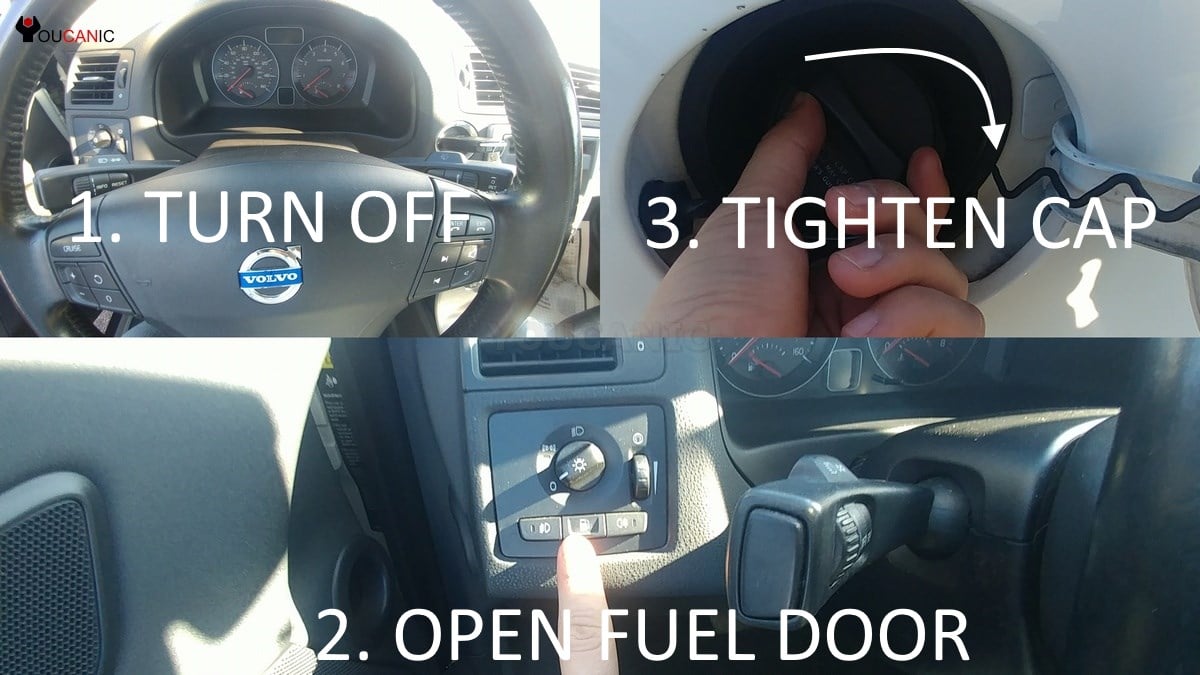
You should check to ensure the gas cap is on tight. Stop in a safe area, press the gas cap release button, and make sure the gas cap is tight.
Open the hood and visually check for anything that looks ordinary. A loose hose might cause rough running due to the vacuum leak. Water or oil on a sensor connector might cause faulty readings.
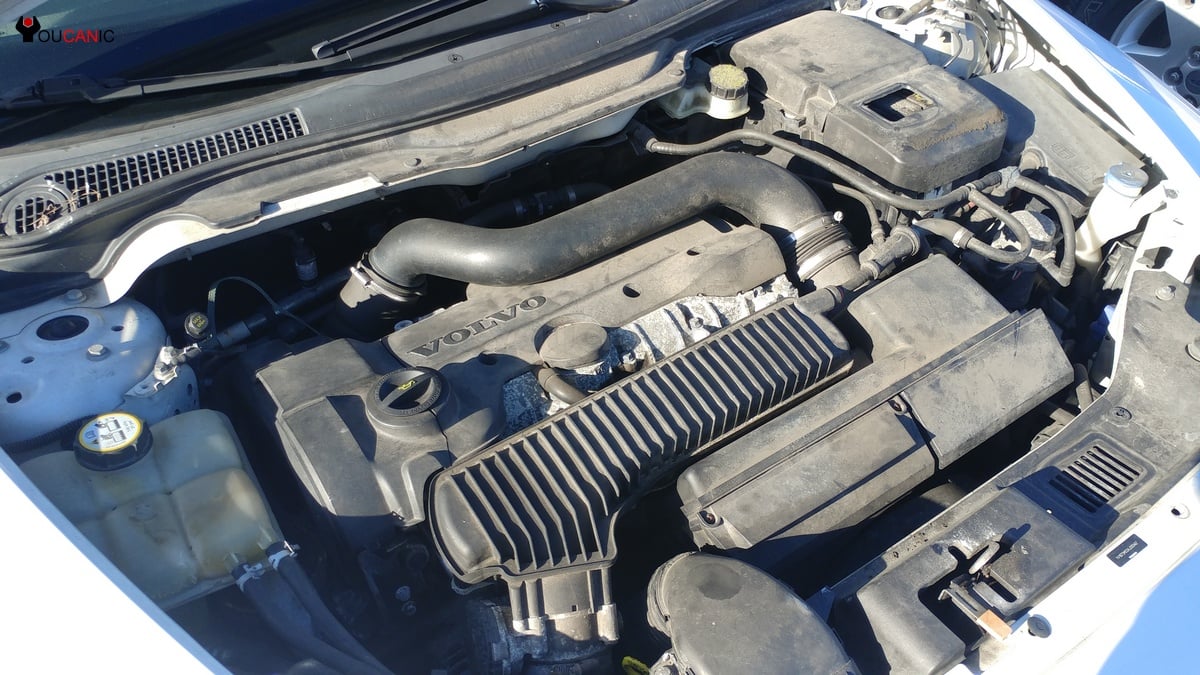
Ensure that the engine oil level is between the Min and Max marks. Use the oil dipstick to check the engine oil level.
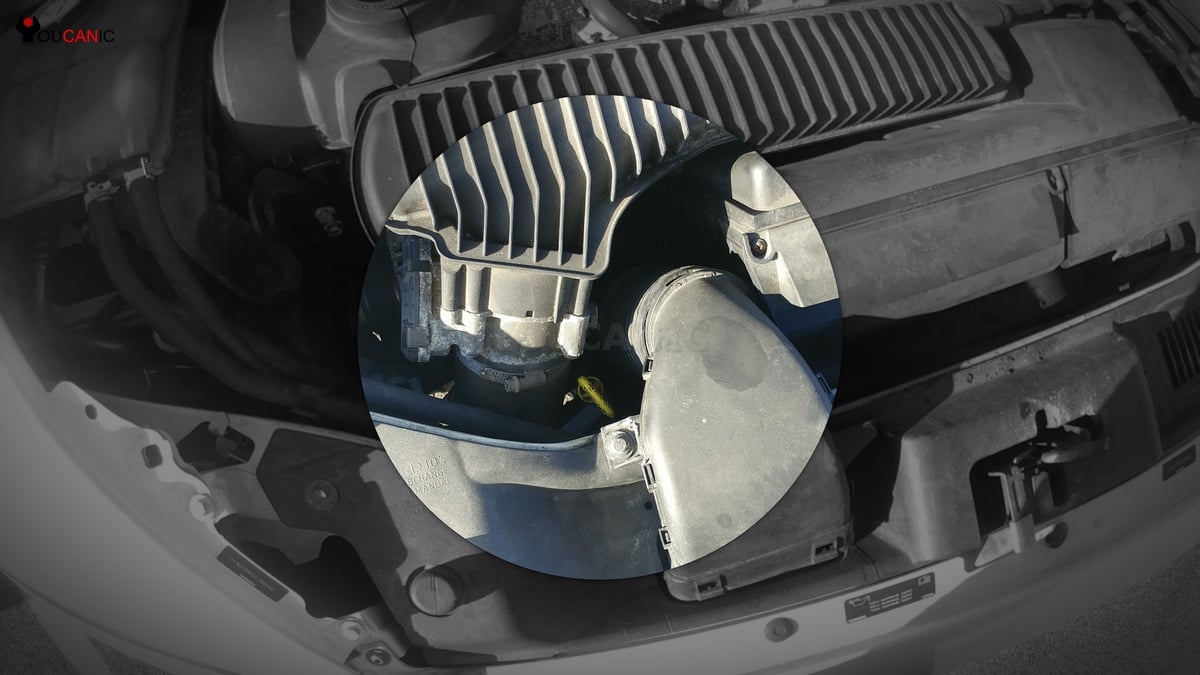
How to reset the Volvo check engine light?
With your Volvo safely parked, you should read the fault codes, fix the underlying problem then reset the check engine light. For this step, you will need an OBD-II scanner. The procedure is effortless and takes less than ten minutes.
Procedure
- Locate the OBD-II port under the dashboard.

- Turn ignition to position II. Do not start the engine. Press start without pressing the brake pedal will turn on the ignition.

- Turn on your OBD2 scanner. Allow it to communicate with the vehicle—next, press Read Codes.
Fix all the problems that have triggered the fault codes. Rescan the vehicle for codes. Next, go to Clear Fault codes and press OK. If you don’t fix the problem, the check engine light might come back on. These instructions work on any 1996 and newer Volvo, including XC90, S40, S60, XC60, S70, V50, etc. You will get a fault code such as P0300. Researching this code online will give you a deeper insight into the problem.
Scan for errors and store them in your scan tool, or, if that is not possible, write them down on paper or your smartphone. Usually, an error code will point you to the part that might be the problem. If you can access the suspected part, check it visually, and try to see if anything is loose or broken.
Another helpful step is to ‘mentally’ trace back to the events before the ‘Check engine light’ appearance. If it appeared as soon as the car was started, try to remember if any work was done on the vehicle while it was turned off. For instance, you may unintentionally unplug sensors while replacing a light bulb.
If the ‘Check engine light came on during a drive, maybe you have driven through a large puddle of water before that. Water could find a way into a connector with a bad seal. Hitting a deep pothole might break something loose.
Conclusion
Volvo cars have been known for being durable and reliable. The advertising slogan ‘Volvo. For life‘ is not just an empty phrase, as Volvo cars are not unusual to cover a million miles. Yet during the ownership of a Volvo, you will be greeted with a Check Engine Light (also known as Service Engine).
Hundreds of possible problems can cause the check engine light on your VOLVO to stay on. The most common issues are spark plugs, oxygen sensors, and catalytic converter failure. Instead of guessing what is wrong, use an OBD-II scanner to read the fault codes.
Frequently Asked Questions
Should I continue my drive or not?
If your Volvo is still running fine (no performance issues, no other warning lights, no overheating), you can continue your drive with caution. Drive moderately and avoid driving up to high revs. Monitor the engine temperature and oil light. Pay attention to how the engine operates and performs. Look for unusual smoke from the exhaust, listen to how the engine works, and keep an eye on engine temperature.
On the other hand, if the engine does not operate properly, you should not drive it further. Although you may travel a short distance, drives longer than several miles are an absolute no-no. Allow your Volvo to cool down a bit, as some faults occur only on operating temperature.
Which scan tool is best for Volvo?
The YOUCANIC Full System Scanner can read and clear fault codes through every Volvo control module.
What should I do with the code I got from the scanner?
The Internet can be a beneficial information source if you know what you are looking for. Just google the problems or codes for your type of Volvo. In many cases, this will lead you towards common causes and solutions. Posting questions on car forums can also get you answers from experienced members. These guys are usually more than happy to help the community.
How can I turn the ‘Check Engine light without a scan tool?
Try turning off your car for several minutes, as this will sometimes help. If not, disconnecting a car battery for 10-15 minutes will erase stored codes on some models. If your engine runs fine, you can drive it for a few days and see if it eventually goes off. Keep in mind that disconnecting the battery does not fix the problem. Your Volvo check engine light will illuminate if the problem is not fixed.
How can I check stored codes in my Volvo without a scan tool?
Unfortunately, the only way to read the stored codes is by using a scan tool. You can visit your dealer, an independent workshop, or buy your scan tool.
What can I do to prevent the ‘Check Engine light from coming up?
Maintenance. Regular and preventive care. This is the best way to make your vehicle reliable and ‘Check engine light free.
”Can I read the fault codes on myself on my Volvo?
Yes. You can read Volvo check engine fault codes using the 16-pin OBD-II port under the dashboard. This applies to any 1996 and newer Volvo, including V40 XC40 S60, V60 XC90 S90 XC60.
We hope you find the Troubleshooting Volvo Check Engine Light guide helpful. Check these troubleshooting and repair guides for more help on your Volvo.

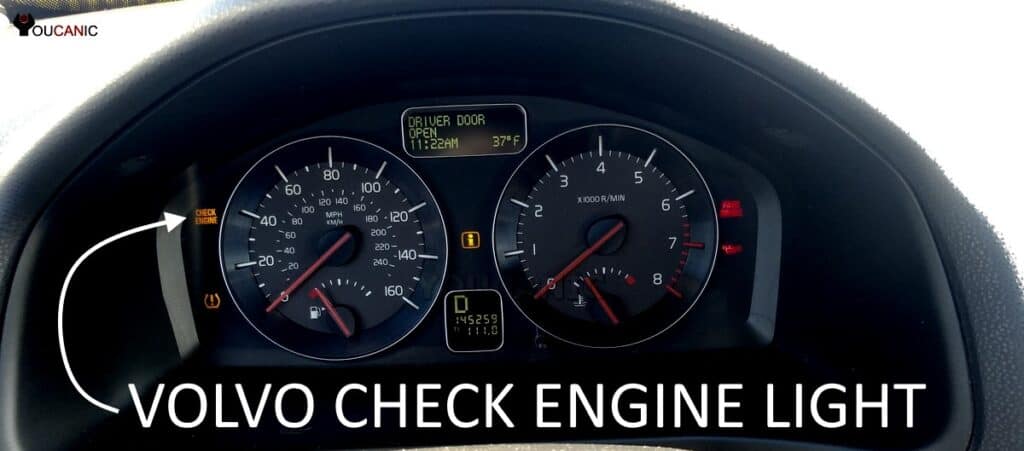


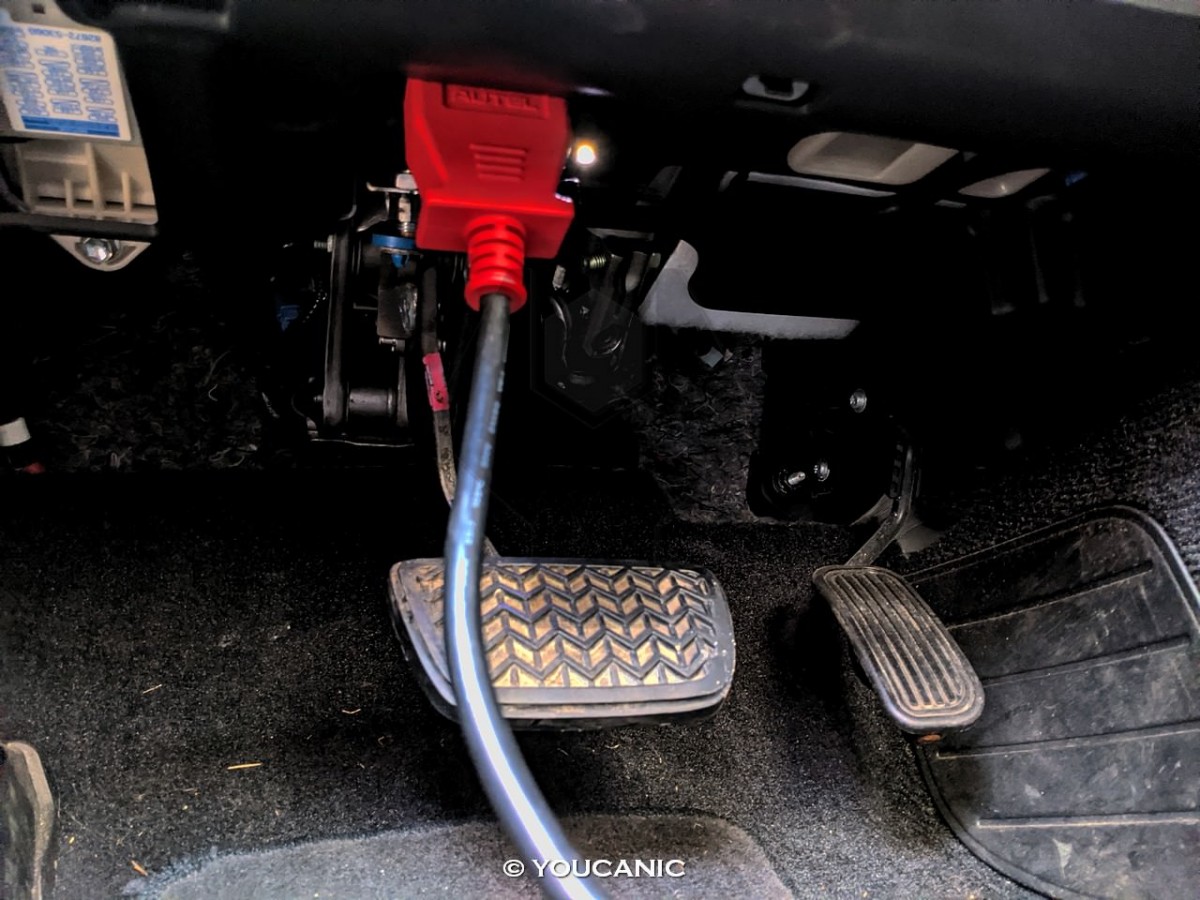
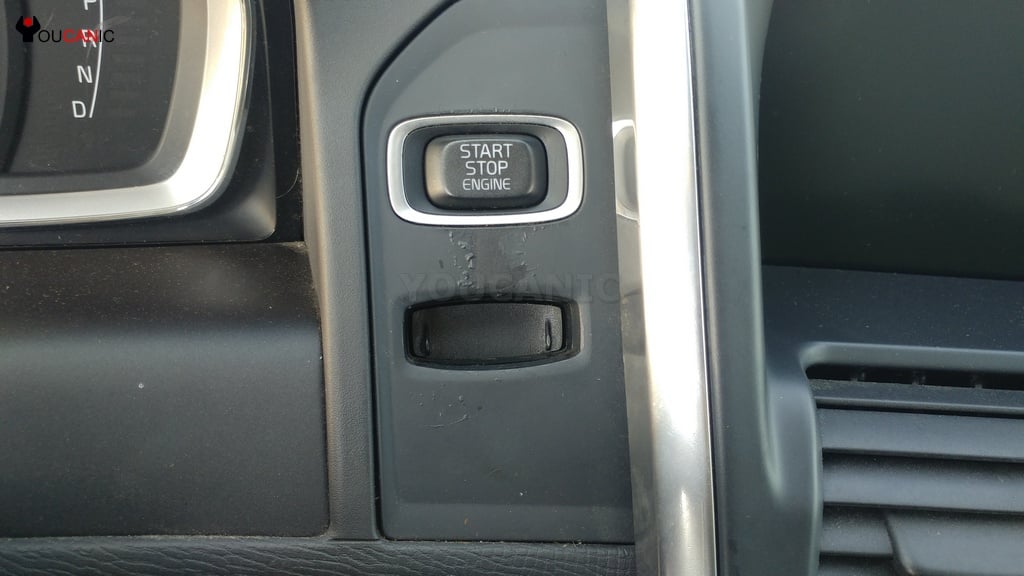





Volvos aren’t known for being the easiest cars to repair but they are cheaper to maintain than the luxury German brands. Apart from the scanner codes etc, the ‘Mental Trace’ issue is something that MIGHT help in a lot of circumstances.
Basically, just try to map out what happened before a problem occurred.. sometimes, you will surprised how simple an issue it can be. Of course, a mental trace will not always work.